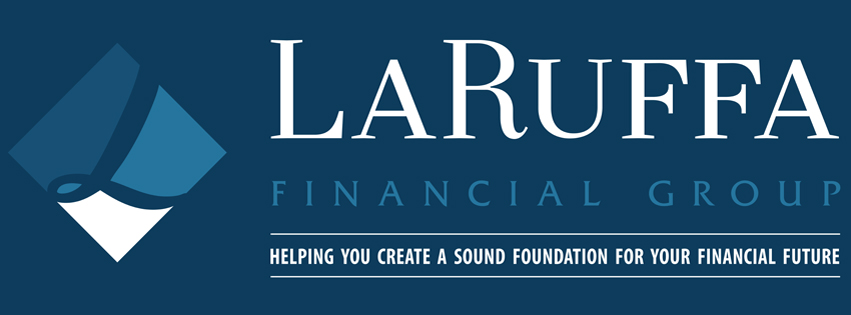Some
researchers believe the U.S. economy has a healthy outlook: The GDP growth rate
is in the ideal 2 percent to 3 percent range, unemployment continues to abate
and inflation remains in check.1
The U.S.
Bureau of Labor Statistics expects 88 percent of all occupations will experience
growth by 2020, with the biggest increases coming in health care, personal care
and construction. It also predicts that jobs requiring a master’s degree will
grow the fastest.2
Aside from
the potential of lower taxes, more jobs and infrastructure spending, the U.S.
economy has another reason for optimism: American manufacturing, industrial
production and trade sectors appear to be emerging from their recession. Economists
anticipate that industrial sector growth will continue throughout 2017.3
Furthermore,
consumer and chief executive officer confidence levels have improved considerably
since the November U.S. election. The current expectation for more fiscal stimulus
is expected to translate into greater spending and stronger economic growth.4
In periods
of positive economic news such as this, people sometimes get caught up in “the
good times” – planning vacations and finding other ways to spend newly acquired
discretionary income. As financial professionals, we want to help you create a long-term
financial strategy now, so that you feel confident in your financial future.
Clearly, no
one knows where the market will go in 2017, but according to investment
analysts at Charles Schwab, income growth may be poised to continue in the
immediate future. Technology, health care and financial sectors are among those
that could outperform in 2017.5 One reason is that the U.S. is
entering an era of deregulation. President Trump has already started to roll
back regulations put in place during the Obama administration, which issued
more than 3,750 final rules and regulations during its eight-year tenure.6
If you find
yourself with some extra funds you would like to put away for retirement, call
us for assistance on allocating them to your financial plan.
Content prepared by Kara
Stefan Communications
1 Kimberly Amadeo. The Balance. March 15, 2017. “US Economic
Outlook: For 2017 and Beyond.” https://www.thebalance.com/us-economic-outlook-3305669.
Accessed March 21, 2017.
2 Ibid.
3 Rick Rieder. BlackRock. Jan. 13, 2017. “2 Reasons the U.S.
economy Should Fare Better in 2017.” https://www.blackrockblog.com/2017/01/13/us-economy-fare-better-2017/.
Accessed March 21, 2017.
4 Ibid.
5 Brad Sorenson. Charles Schwab. March 16, 2017. “Schwab Sector Views:
How Should Investors Look at Health Care Now?” http://www.schwab.com/public/schwab/nn/articles/Sector-Views.
Accessed March 21, 2017.
6 Alejandro Chafuen. Forbes. Jan. 3, 2017. “The U.S. Economy In
2017: Welcome Higher Growth.” https://www.forbes.com/sites/alejandrochafuen/2017/01/03/the-u-s-economy-in-2017-welcome-higher-growth/#5ef2fcb938fb.
Accessed March 22, 2017.
We are an independent firm helping individuals create retirement
strategies using a variety of insurance and investment products to custom suit
their needs and objectives. This material is intended to provide general
information to help you understand basic financial planning strategies and
should not be construed as financial advice. All investments are subject to
risk including the potential loss of principal. No investment strategy can
guarantee a profit or protect against loss in periods of declining
values.
The information contained in this material is believed to be
reliable, but accuracy and completeness cannot be guaranteed; it is not
intended to be used as the sole basis for financial decisions. If you are
unable to access any of the news articles and sources through the links
provided in this text, please contact us to request a copy of the desired
reference.
Investment Advisory Services
offered through Global Financial Private Capital, LLC.
AE04175040C
